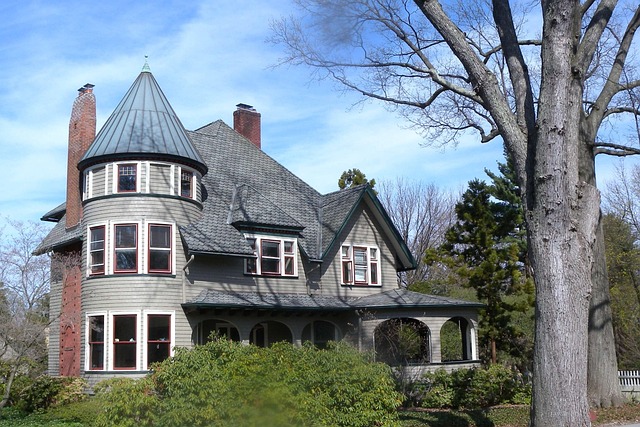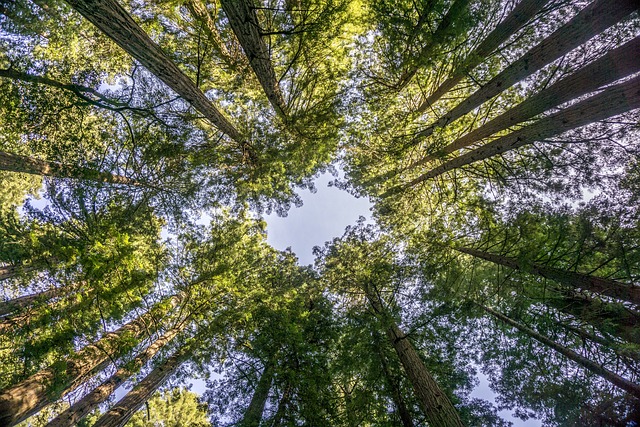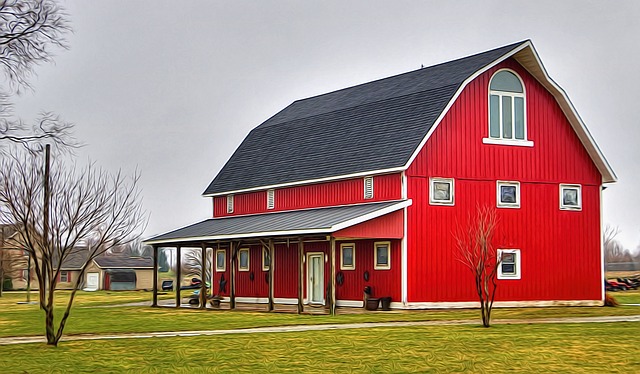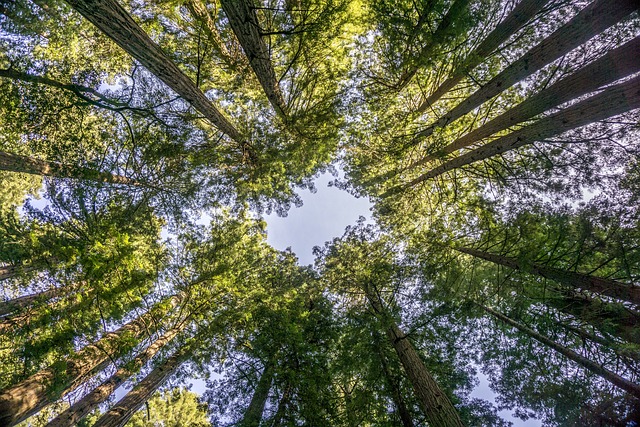In many regions, deserts meet pine forests, creating a unique ecosystem with vast real estate potential. This blend offers stunning landscapes, diverse biodiversity, and outdoor activities, attracting those seeking tranquility and connectivity. The real estate market caters to various preferences, from desert-view ranches to forest cabins. However, development must balance sustainability and environmental considerations to preserve the region's natural beauty and heritage, ensuring a thriving community while safeguarding the environment for future generations.
In the heart of diverse landscapes, where desert meets pines, vibrant communities are emerging, defying traditional boundaries. This unique ecosystem presents both challenges and opportunities, prompting innovative strategies in real estate development. We explore how these communities harmonize nature’s contrast, from environmental conservation efforts to cutting-edge housing models. Uncovering successful integration, we uncover a future-proof approach that blends sustainable living with technological advancements, offering insights into thriving ecosystems and thriving neighborhoods.
The Unique Ecosystem: Desert and Pines Coexistence

In many regions, the desert meets the pines, creating a unique and captivating ecosystem that offers both natural beauty and real estate opportunities. This rare coexistence is characterized by arid, sandy landscapes transitioning into lush, conifer forests, typically pine trees. The desert’s stark contrast with the dense greenery of the pines presents a visually stunning spectacle. This distinct environment supports a diverse array of flora and fauna, many of which are adapted to thrive in both conditions.
The real estate market in such areas often reflects this ecological diversity. Properties in these regions can vary from sprawling ranches with expansive desert views to secluded cabins nestled among towering pines. This blend of environments offers residents the chance to enjoy a wide range of outdoor activities, from hiking and camping in the desert to exploring scenic trails and enjoying the tranquility of pine forests.
– Exploring the environmental factors
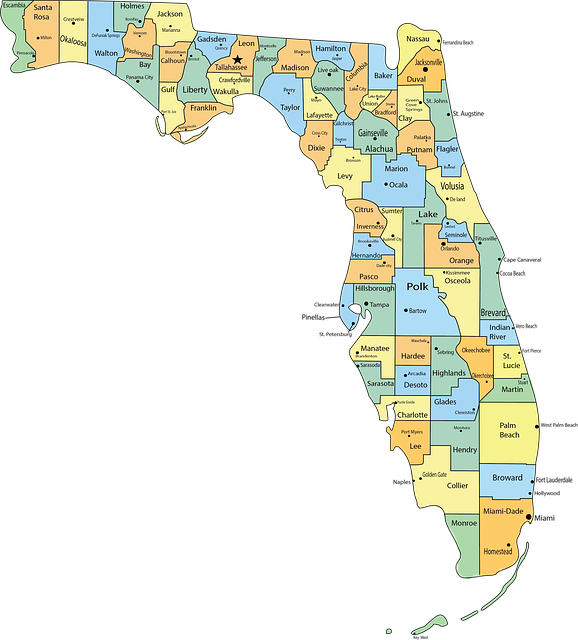
In the realm of real estate, communities nestled between desert landscapes and pine forests offer a unique blend of natural beauty and modern living. The environmental factors that shape these areas play a crucial role in their appeal, attracting folks who seek both tranquility and accessibility. Desert-pine ecosystems, characterized by arid conditions and lush greenery, present diverse challenges and opportunities for development.
The transition from desert to pines often reveals a rich biodiversity, including unique plant and animal species. This natural tapestry requires thoughtful planning in real estate projects, ensuring that construction methods and infrastructure development minimize ecological disruption. By embracing sustainable practices, developers can create harmonious communities that coexist with the surrounding environment, enhancing the overall quality of life for residents and preserving the area’s natural heritage.
– Understanding the challenges and opportunities of this unique landscape
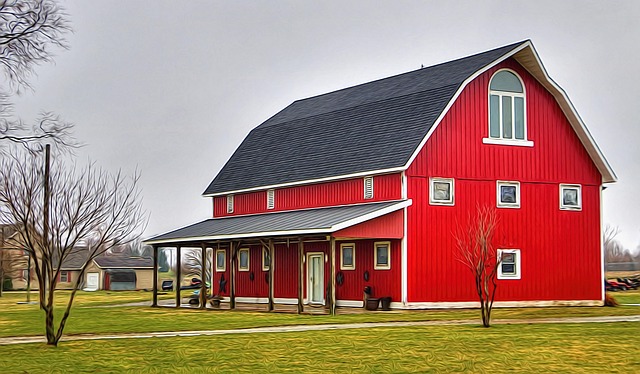
The intersection of desert and pines presents a captivating yet challenging landscape for communities to thrive. This unique ecosystem offers breathtaking scenery but comes with its own set of complexities. Real Estate development in such areas requires careful consideration due to the diverse terrain, climate variations, and potential environmental sensitivities. The desert’s arid conditions contrast starkly with the lush pine forests, creating a dynamic environment that demands innovative infrastructure and resource management strategies.
Communities here can embrace opportunities for sustainable growth by leveraging the landscape’s natural beauty. Pine forests provide a rich ecosystem for conservation efforts, while the desert offers vast open spaces ideal for renewable energy initiatives. Balancing development with environmental preservation is key to fostering thriving communities in these areas, attracting residents and investors alike who appreciate the region’s distinct character.
